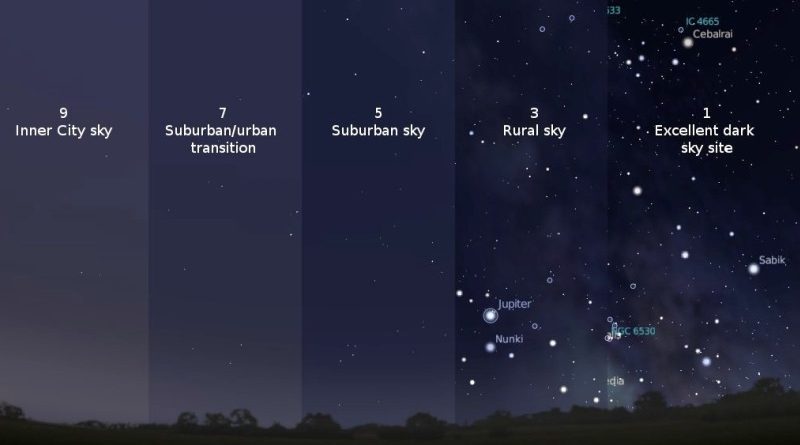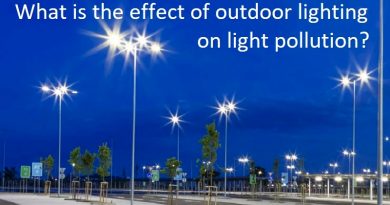What is Light Pollution? Causes, Effects and Solution.
Light pollution is a form of environmental pollution that is caused by the excessive and inappropriate use of artificial light at night. It is a phenomenon that affects the entire planet, and it has significant impacts on human health, wildlife, and the environment as a whole. In this essay, we will explore the causes and effects of light pollution, as well as potential solutions to mitigate its negative impact.
Causes of Light Pollution:
The primary cause of light pollution is the increasing use of artificial light at night. With the advent of electricity, we have become increasingly reliant on artificial lighting to illuminate our cities, towns, and homes. This has led to a situation where we are no longer able to experience true darkness at night. Light pollution can come from various sources, including streetlights, building lighting, advertising billboards, car headlights, and security lights. The main sources of light pollution are urbanization and industrialization.
Another contributing factor to light pollution is the use of blue light-emitting diodes (LEDs). Blue LEDs are energy-efficient and have become popular for street lighting and outdoor lighting. However, they emit a higher amount of blue light than traditional lighting sources, which can disrupt the circadian rhythm of humans and wildlife. This is because blue light is known to suppress the production of melatonin, which is a hormone that regulates sleep patterns.
Effects of Light Pollution:
Light pollution has various effects on human health, wildlife, and the environment. One of the most significant impacts of light pollution is on human health. Exposure to artificial light at night can disrupt the circadian rhythm, which can lead to sleep disturbances, fatigue, and depression. It has also been linked to an increased risk of obesity, diabetes, and breast cancer. This is because the suppression of melatonin production can affect the body’s metabolism and hormone regulation.
Light pollution also has significant effects on wildlife. Many species of animals, including birds, insects, and mammals, rely on natural light cycles for survival. Light pollution can disrupt these cycles, leading to behavioral changes, disorientation, and reduced reproductive success. For example, sea turtles are known to be affected by light pollution, as artificial lighting on beaches can cause hatchlings to become disoriented and move away from the sea, which can result in mortality.
In addition to the effects on human health and wildlife, light pollution also has an impact on the environment. The excessive use of artificial light at night results in wasted energy, which contributes to greenhouse gas emissions and climate change. It also affects the visibility of the night sky, which has significant cultural and scientific value.
Solutions to Light Pollution:
There are various solutions to light pollution that can help mitigate its negative impact on human health, wildlife, and the environment. One of the most effective solutions is to use lighting fixtures that direct light downward instead of upward. This helps to reduce light scattering and glare, which can cause light pollution. Additionally, it is important to use lighting fixtures that are energy-efficient and emit a warmer light spectrum, which is less disruptive to the circadian rhythm.
Another solution to light pollution is to implement lighting policies and regulations that restrict the use of excessive or unnecessary lighting. This can include measures such as turning off lights in buildings when they are not in use, implementing curfews on outdoor lighting, and reducing the brightness of streetlights.
Education and awareness campaigns can also be effective in reducing light pollution. These campaigns can help to educate the public on the negative impacts of light pollution and encourage individuals to take action to reduce their own contribution to the problem. For example, individuals can turn off lights when they are not in use, use curtains or blinds to block out excess light, and choose lighting fixtures that are designed to reduce light pollution.
Conclusion: Light pollution is a significant environmental issue that has wide-ranging impacts on human health, wildlife, and




